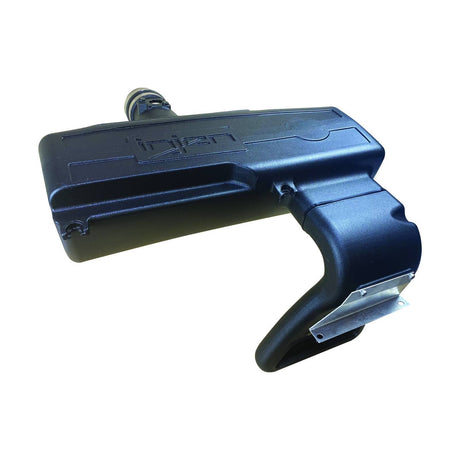Your car’s intake system is like its respiratory system — it allows your engine to “breathe.” Clean, efficient airflow is essential for power, performance, and fuel economy. Without proper air intake, even the most powerful engine can’t perform at its best.
How the Intake System Works
The intake system’s job is to bring outside air into the engine, filter it, and mix it with fuel in the perfect ratio for combustion. Here’s the flow:
1. Air Enters: Air is pulled through the intake duct and passes the air filter.
2. Filtration: The air filter removes dirt, dust, and debris before it reaches the engine.
3. Throttle Control: The throttle body controls how much air flows into the intake manifold based on how much you press the gas pedal.
4. Distribution: The intake manifold evenly delivers that air to each cylinder.
5. Mixing: Sensors and injectors balance the air-to-fuel ratio for ideal combustion.
The smoother and cleaner this airflow is, the better your car will perform.
Key Components of the Intake System
Air Filter: Traps debris before it enters the engine. Clogged filters restrict airflow and hurt performance.
Mass Air Flow (MAF) Sensor: Measures how much air enters so the computer can adjust fuel delivery.
Throttle Body: Regulates air intake based on driver input.
Intake Manifold: Distributes air to the cylinders evenly.
PCV Valve (Positive Crankcase Ventilation): Recycles gases from the crankcase to reduce emissions.
Air Ducts & Resonators: Channel airflow smoothly and reduce noise.
Types of Intake Systems
1. Factory (OEM) Intake: Designed for balance and reliability. Quiet, efficient, but limited performance gain.
2. Cold Air Intake: Pulls cooler air from outside the engine bay for denser airflow and better combustion — great for performance, but must be properly installed to avoid water intake.
3. Short Ram Intake: Shorter tubing for quicker throttle response, though it can draw in warmer air.
4. Turbocharged / Supercharged Intakes: Force more air into the engine under pressure, drastically improving power but requiring precision tuning.
Common Intake Issues
Dirty or Clogged Air Filter: Reduces power and efficiency.
Vacuum Leaks: Cause rough idling, poor acceleration, or stalling.
Dirty Throttle Body: Leads to hesitation or sticky throttle response.
Faulty MAF Sensor: Triggers check engine light and poor fuel economy.
Cracked Intake Manifold Gaskets: Allow unmetered air, throwing off the air/fuel ratio.
Maintenance Tips
- Replace your air filter every 12,000–15,000 miles (or sooner in dusty conditions).
- Clean the throttle body and MAF sensor periodically with proper cleaner.
- Inspect hoses and clamps for cracks or looseness.
- Never use oiled filters unless your system is designed for them — excess oil can damage sensors.
💡 Pro Tip: A clean intake system doesn’t just improve power — it helps your engine run cooler, quieter, and more efficiently.

















